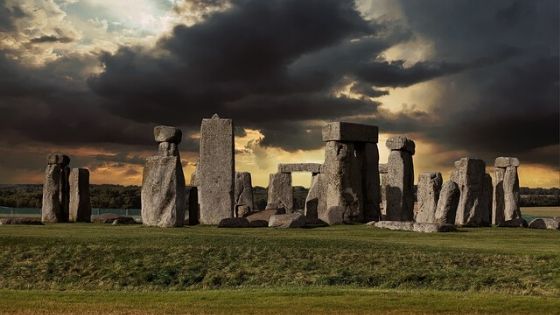Human evolution is not simply a process of advancing, for we have long learned that to grow, it is essential to look back. That is why archaeologists, each year, reveal more and more about our past with archaeological revelations.
Check out the 7 most amazing archaeological finds of 2019:
7. King Tutankhamun’s coffin
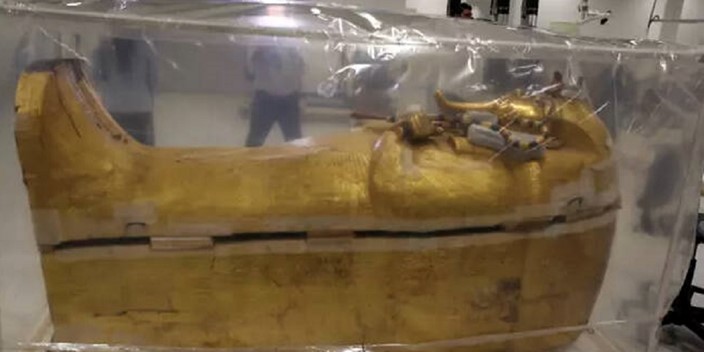
From its inception in ancient Egypt 3,300 years ago to the beginning of this year, King Tutankhamun’s outermost coffin had never left his grave. According to the Los Angeles Times, the Getty Conservation Institute and the Egyptian Ministry of Antiquities completed the restoration of a decade of the tomb earlier this year. The next objective was to restore Tutankhamun’s outer casket and, as the boundaries of the old pharaoh’s tomb would make such an attempt almost impossible, a decision was made to move it. Until that moment, the coffin had never seen the light of day. Archaeologists expect the outer casket to be ready for display at the Great Egyptian Museum in 2020.
6. The 1,800 year old penis sculpture
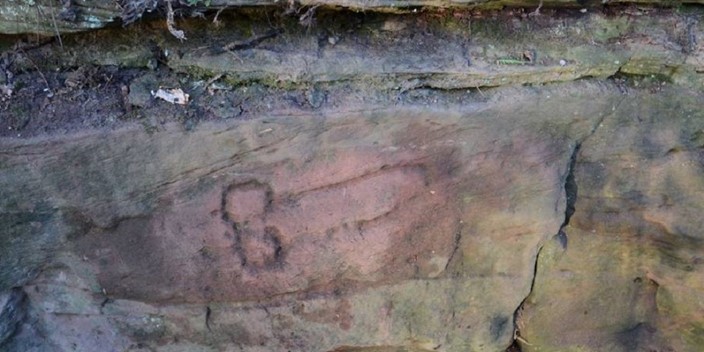
With the new technologies, many scholars began to review the past with their archaeological discoveries. In this case, archaeologists saw a 10-meter-long quarry by a rope to scan Hadrian’s Wall with lasers. This created detailed three-dimensional digital models of the sculptures contained in it, including the 1,800-year-old penis. The penis itself was a common symbol of good luck to the Romans at the time. Historic England in partnership with researchers from the University of Newcastle have teamed up to map out ancient Roman fortifications in northeastern England with new archaeological revelations. The researchers plan to show the scans to the public when the work is completed.
5. “Treasure Tunnels” in Israel
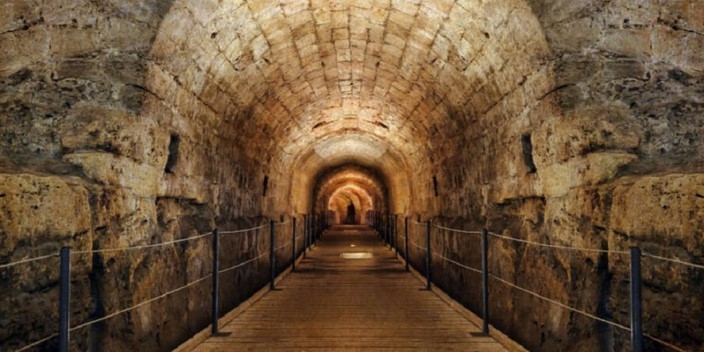
This is undoubtedly one of the main archaeological marks of 2019. Researchers have uncovered an 800-year-old network of tunnels hidden beneath the Israeli city of Acre, which may have been built by the Knights Templar. This legendary order of Catholic warrior monks possibly used the tunnels as a secret route to a nearby treasure tower. The order of these “Crusader soldiers of God” was dissolved by Pope Clement V in 1312, after the conflict between the Knights and King Philip IV of France.
4. Remains of the Irish famine
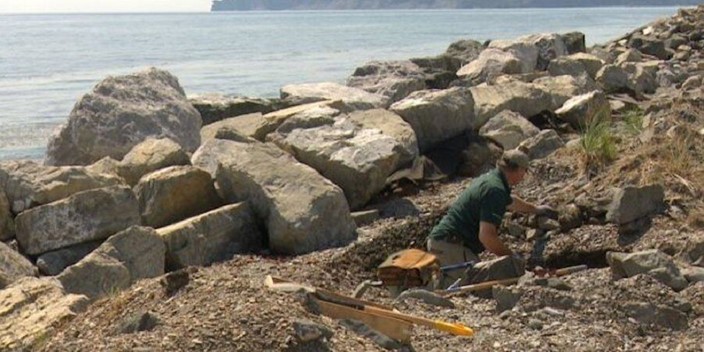
The bones of three children reached the beach of Cap-des-Rosiers, Canada after a storm in 2011. The remains of another 18 people appeared in 2016. After rigorous analysis of their bones, the researchers found that they belonged to the victims of the Irish famine of 1847.
They believe these women and children may have been victims of the Carricks wreck, which carried hungry Irish families from Sligo County, Ireland, to Canada. The ship was carrying 180 emigrants bound for Port of Quebec, when it sank near Cap-des-Rosiers on April 28, 1847. Only 48 people survived. According to Yahoo News, bones had been drifting for 160 years in seawater, but still showed definite signs of malnutrition and a potato-rich diet.
3. Cleopatra’s perfume
Egypt has always been at the center of archaeological discoveries. The excavation project in the Egyptian city of Thmuis, founded in 4500 BC, has yielded invaluable discoveries to researchers Robert Littman and Jay Silverstein of the University of Hawaii at Manoa. Home to the production facilities of two of the ancient world’s most popular perfumes, Mendesian and Metopic, the local archaeologists discovered ovens dating from the 3rd century BC. The findings included a 2,000-year residue of the ingredients these ancient artisans used to make perfume – potentially even used by Cleopatra. After analysis, the researchers found that they used olive oil, cinnamon, cardamom and a myrrh base, a resin sourced from a native tree of the Horn of Africa and the Arabian Peninsula. Littman himself dubbed ”
2. The world’s largest mass child sacrifice discovered in Peru
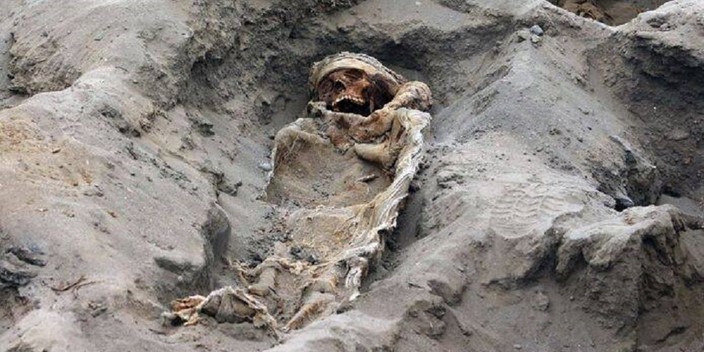
In August 2019, Peruvian archaeologists discovered the largest mass sacrifice of children in history through archaeological evidence. The site contained the remains of 227 victims and was found north of Lima in the coastal town of Huanchaco. According to BBC News, the deaths occurred sometime before the 1500s and their bodies turned to the ocean, the researchers theorized that they died as offerings to the gods worshiped by the region’s Chimú people. This group was one of the strongest and most independent of the time.
1. 13,000-foot sloth fossils found in Belize
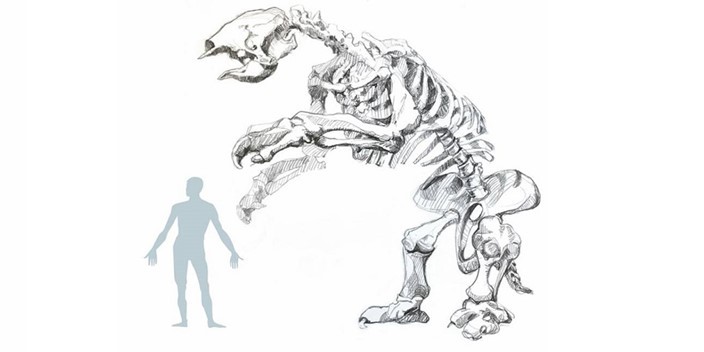
In 2014, divers at a well in Clara Blanca, Belize, found 27,000-year-old fossils from a giant sloth. According to Fox News, a four-inch tooth fragment led researchers at the University of Illinois to gain clues about the animal this year. With archaeological discoveries, researchers estimate that laziness weighed over 6 tons, nearly 4 meters high and 6 meters long.

